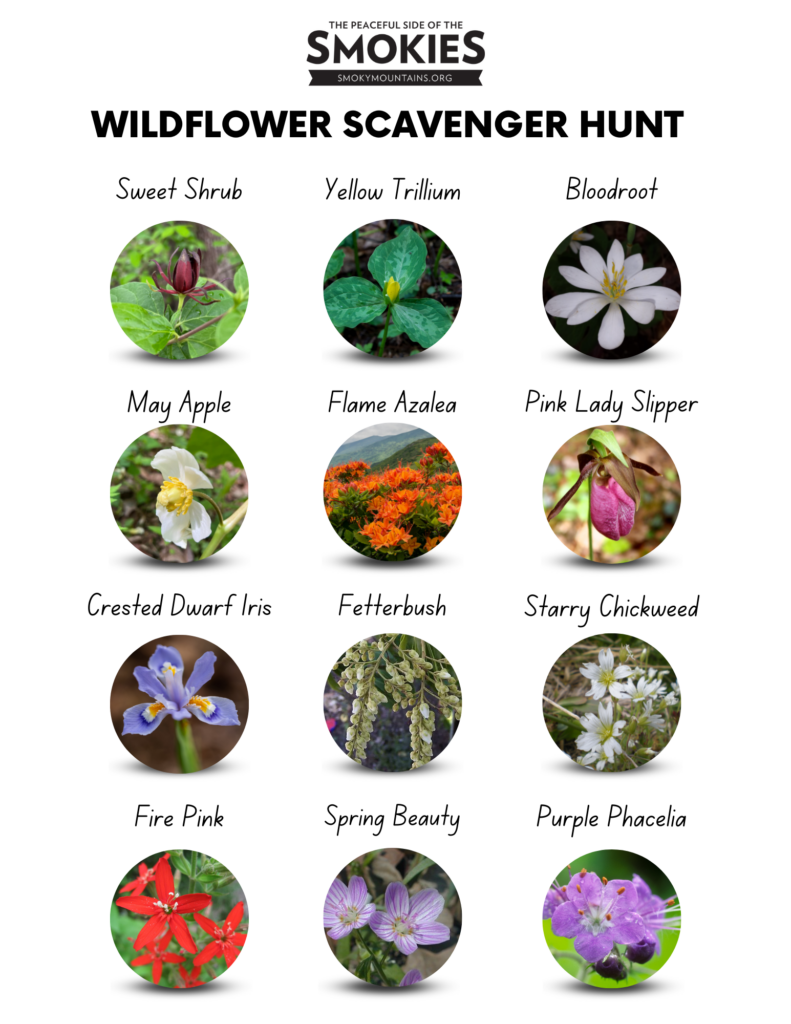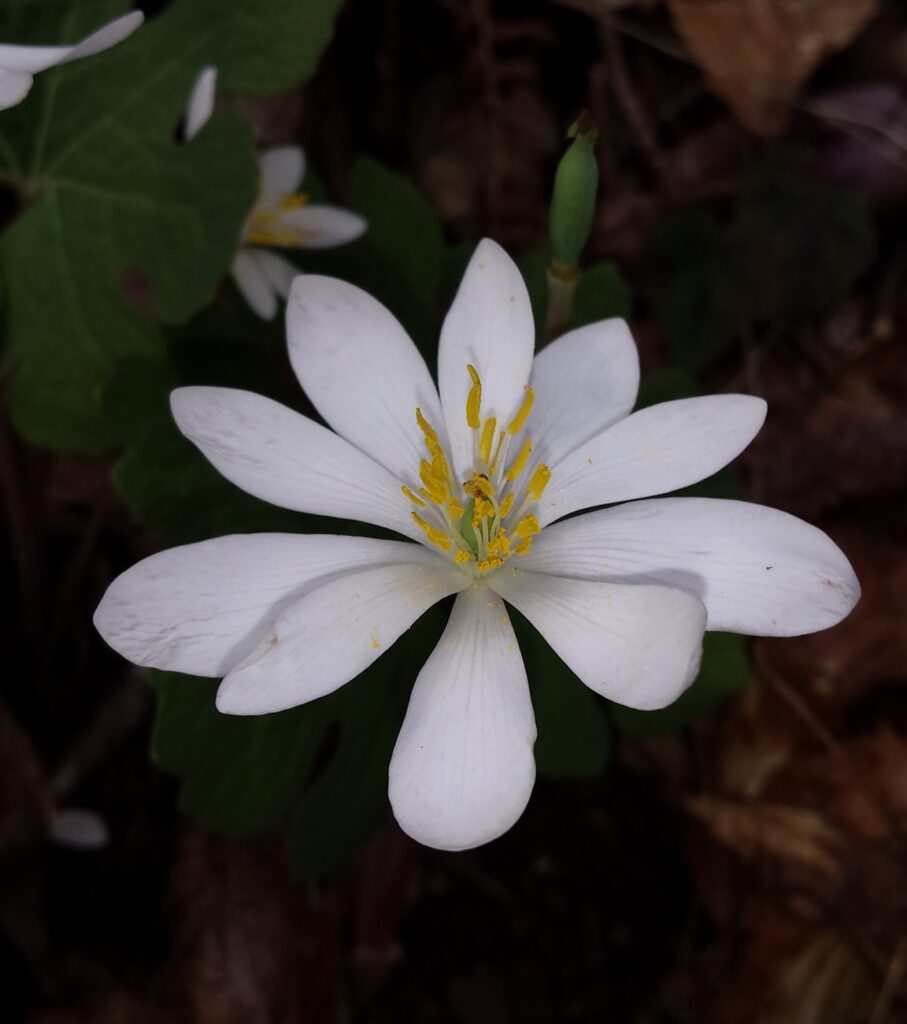Mar 24, 2023
Wildflowers of the Smokies
Anyone from this area knows that Spring is a vibrant and unique reminder of life and beauty. Not only has the frost given up its last gesture for the year, but the Wildflowers of the Smokies are finding their voices and demanding acknowledgment. Our friends and photographers, Randy Ratliff and Laura Matthews, have provided many of the beautiful images below.
There are over 1,600 different types of flowering plants covering the mountains in the Smokies. We’ve selected a few of the easiest-to-recognize flowers below, but we’d love to hear about or see pictures of your favorite Smoky Mountain Wildflower. Click here for a broader guide to the beauty found in our mountains.
However, today we encourage you to take the family hiking with a scavenger hunt in mind. Remind the kids how “April showers bring May flowers.” To find the best of Spring’s ensemble, you don’t have to look hard, but here are a few for your cheat sheet. See who can be the first to find each of these common wildflowers.
Wildflowers of the Smokies

Smoky Mountain Wildflower Trails
Gregory Bald – This fairly strenuous hike is 11.3 miles roundtrip and includes 3020 feet of elevation gain. At the summit, you will find Flame Azaleas in abundance. According to the Great Smoky Mountains Natural History Association, the various hybrids of azaleas on Gregory Bald are so impressive and unique that the British Museum of Natural History has collected numerous samples. Folks come from all over the world to see the many acres of wildflowers of the Smokies showcasing colors of fire red, wine red, orange, yellow, salmon, pink, white, and multi-colored azaleas that reach peak season around June.
Chestnut Top Trail – This moderately strenuous hike is 8.6 miles roundtrip and includes 1486 feet of elevation gain. Wildflowers sprout early on this trail, where you can find a variety of blooms like white trillium, purple phacelia, and star chickweed in March and early April.
Rich Mountain Loop Trail – This moderately strenuous hike is 8.5 miles roundtrip and includes 1736 feet of elevation gain. Rich Mountain Loop is a beautiful hike of Cades Cove if you don’t feel like sitting in the hours of gridlock on the 11-mile loop accessible to cars. Get even better access on Wednesday and Saturday mornings during the summer months when the park closes the loop road for bicycles, as well. As you get further along the loop, you will find one of the most diverse amounts of wildflowers in the Smokies.
White Oak Sinks – The trail comes to life with a carpet of thousands of wildflowers. It’s located between the Townsend “Y” and Cades Cove.
Middle Prong Trail – The trailhead for the Middle Prong Trail is at the end of Tremont Road close to the Townsend “Y.” As you hike along this old dirt road, you should see toothwort, foamflower, violets, trilliums, and wood sorrel. Along with the fantastic wildflowers, there are waterfalls to discover and cool off in, as well.
We hope your scavenger hunt is a success and you are able to explore places in the park you haven’t ventured into yet.
Wildflower season is here and will continue to bloom throughout the summer. Come visit soon, and make sure to bring your camera, so you can become as amazing an amateur photographer as our friends Randy and Laura!




All the parts of the plant, except the fruit, contain podophyllotoxin, which is highly toxic if consumed but was used by Native Americans for a variety of medicinal purposes- and is used today in prescription drugs.



The sepals of its blue-violet flowers are distinctly marked with a central yellow or white, purple striped band.

They are born in showy clusters and have a pleasant honey-like fragrance


The fire pink is a member of the carnation family. The brilliant flowers attract the ruby-throated hummingbirds, one of the species’ primary pollinators.

This attractive wildflower is a sure sign that spring has arrived and that the local woodlands are full of wildflowers.

Look for the beautiful purple flower blooming in clusters on slopes and rocks.
